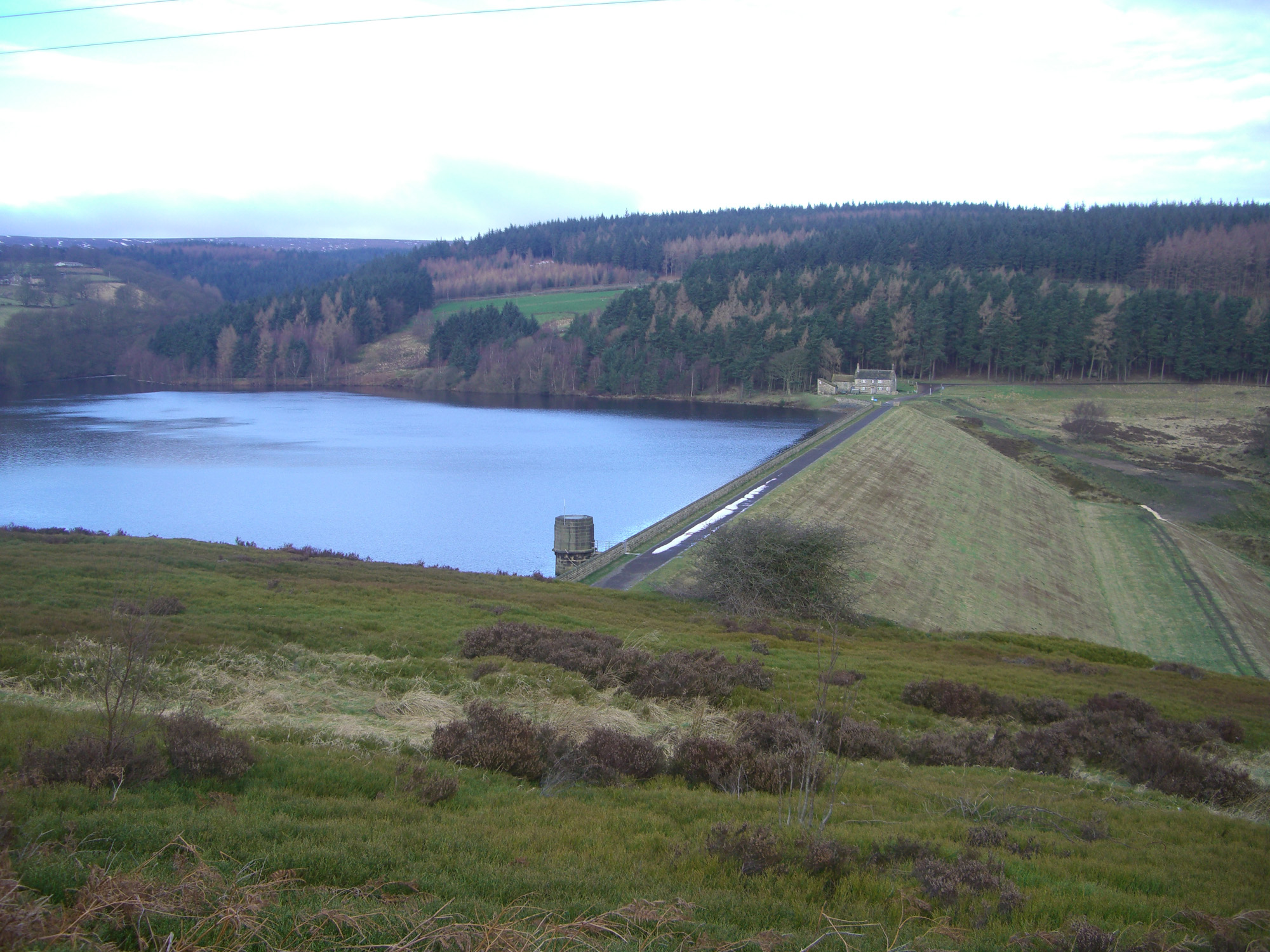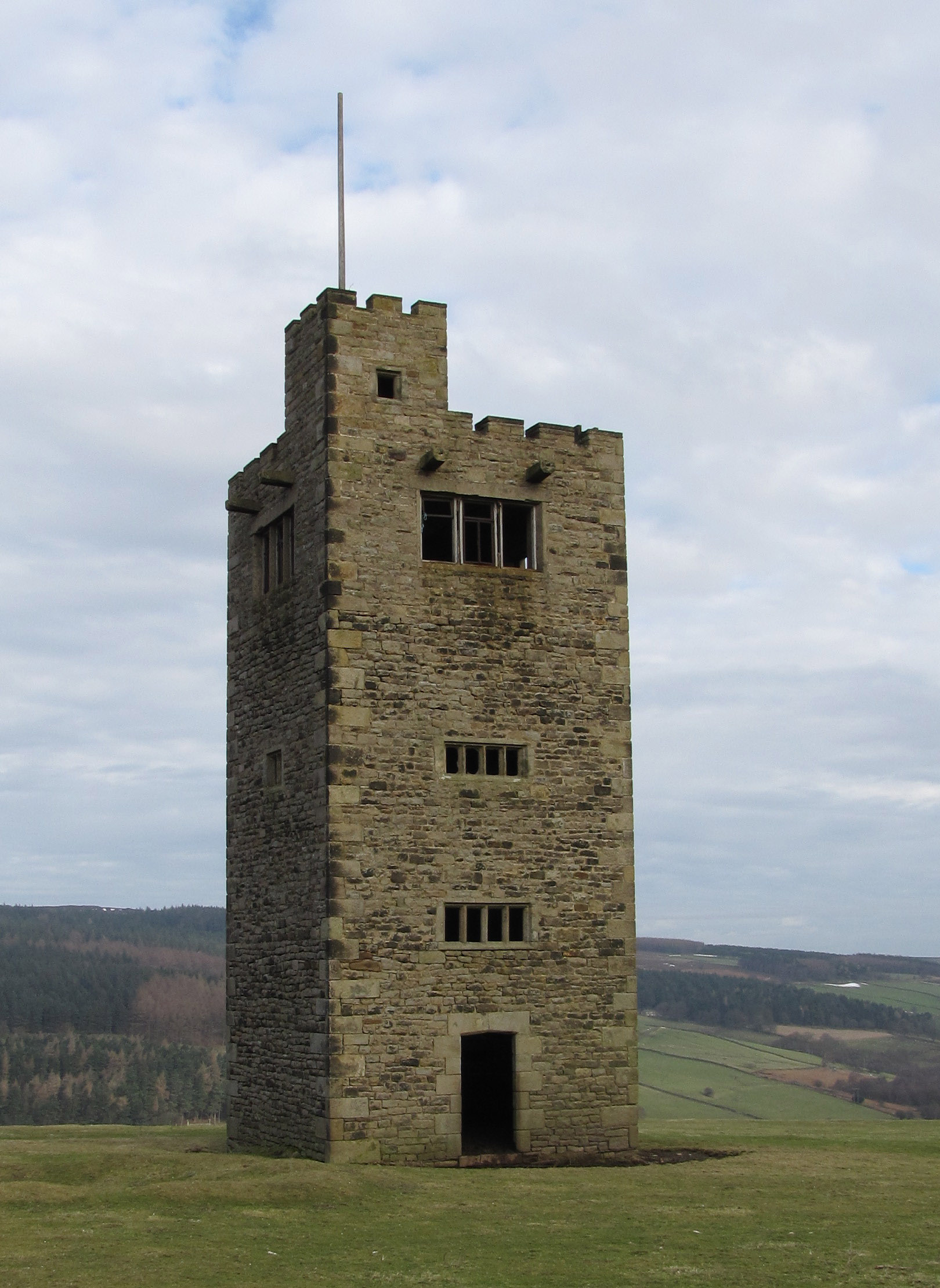Strines Reservoir on:
[Wikipedia]
[Google]
[Amazon]
Strines Reservoir is a water storage reservoir situated at , west of the centre of
Gives details of reservoir.


 At , high on the south flanks of the reservoir at a height of , stands Boot's Folly, also known occasionally as Strines Tower or Sugworth Tower. This
At , high on the south flanks of the reservoir at a height of , stands Boot's Folly, also known occasionally as Strines Tower or Sugworth Tower. This
Gives details of Boots Folly.''"Around Bradfield, Loxley and Hillsborough 2"'', Malcolm Nunn, Page 18 Gives details of Boots Folly.''"Portrait Of Bradfield Dale"'', Roger Redfern, Page 40 Gives details of Boots Folly.
Sheffield
Sheffield is a city in South Yorkshire, England, situated south of Leeds and east of Manchester. The city is the administrative centre of the City of Sheffield. It is historically part of the West Riding of Yorkshire and some of its so ...
in South Yorkshire
South Yorkshire is a Ceremonial counties of England, ceremonial county in the Yorkshire and the Humber region of England. It borders North Yorkshire and West Yorkshire to the north, the East Riding of Yorkshire to the north-east, Lincolnshire ...
, England
England is a Countries of the United Kingdom, country that is part of the United Kingdom. It is located on the island of Great Britain, of which it covers about 62%, and List of islands of England, more than 100 smaller adjacent islands. It ...
.
Construction
The reservoir was constructed in 1869 after the Sheffield Water Committee made the decision in the late 1850s to build four reservoirs in Bradfield Dale to impound water from the surrounding moorland to provide for the growing town of Sheffield. Sheffield had previously received its water supply from the Crookesmoor dams close to the town centre but by the mid-19th century these were becoming inadequate. In addition to Strines, three other reservoirs were built: Damflask, Agden and Dale Dike. Strines was meant to be the final of the four reservoirs constructed; however, Dale Dike was not completed until 1875, having to be rebuilt after the failure of its dam wall caused the Great Sheffield Flood of 1864. Strines Reservoir was constructed with a dam wall of approximately 330 metres (1083 feet) in length and 29 metres (95 feet) in height which flooded an area of 22 hectares. It holds 452,900,000 gallons of water.Yorkshire Water website.Gives details of reservoir.
Etymology
The name Strines dates from as early as the 13th century, when it was mentioned in the Sheffield Court records as the Water of the Strynd or Strynds, referring to the stream that rose on the moors at the top end of Bradfield Dale and flowed down the valley to join theRiver Loxley
The River Loxley is a river in the City of Sheffield, South Yorkshire, England. Its source is a series of streams which rise some to the north-west of Sheffield, England, Sheffield on Bradfield Moors, flowing through Bradfield Dale to converge ...
at Low Bradfield. The Oxford English Dictionary
The ''Oxford English Dictionary'' (''OED'') is the principal historical dictionary of the English language, published by Oxford University Press (OUP), a University of Oxford publishing house. The dictionary, which published its first editio ...
defines the word ''strynds'' or ''strinds'' as a rivulet or a stream.''"A Look at Life in Bradfield Dale and the Surrounding Area"'', Joe Castle, Page 19 Gives details of meaning of name.


The reservoir and its environment
The reservoir's main source of water comes off the Derwent Moors, 2 km to the west with the Strines Dike and Foulstone Dike rising at a height of around 500 metres above sea level and converging before flowing down to the reservoir which stands at a height of 250 metres. There are several smaller tributaries to the reservoir that flow off Ughill Moors to the south. There is only one habitation in the immediate vicinity of the reservoir, Brogging House, a dwelling which pre-dates the reservoir by some time, being recorded as being leased by George Woodhead in 1715 and probably significantly older than that. The house stands at the north end of the dam wall and at one time served as the reservoir-keeper's house when one was needed. Today the reservoir is attended byYorkshire Water
Yorkshire Water is a British water supply and treatment utility company servicing West Yorkshire, South Yorkshire, the East Riding of Yorkshire, part of North Lincolnshire, most of North Yorkshire and part of Derbyshire, in England. The company ...
staff who can gain vehicular access to the valve house through a locked gate and gravel track that runs along the top of the dam wall. The reservoir's overflow is located at the south end of the dam wall and takes the form of a concrete spillway
A spillway is a structure used to provide the controlled release of water downstream from a dam or levee, typically into the riverbed of the dammed river itself. In the United Kingdom, they may be known as overflow channels. Spillways ensure tha ...
which is crossed by a steel footbridge. The overflow water goes down Bradfield Dale to the Dale Dike Reservoir which is just 400 metres downstream. Water drawn off for consumer use is piped 7 km to the water treatment works in the Loxley Valley.''"A Look at Life in Bradfield Dale and the Surrounding Area"'', Joe Castle, Page 33 Gives details of Brogging House.
At the southern arm of the reservoir is Pear House Clough, down which flows one of the small southern tributaries. The clough is surrounded by Pear House Wood, an ancient broad-leaved wood with an area of 16 hectares. The wood is part of the New Native Wood Challenge Scheme funded by the Forestry Commission
The Forestry Commission is a non-ministerial government department responsible for the management of publicly owned forests and the regulation of both public and private forestry in England.
The Forestry Commission was previously also respons ...
Challenge Fund which aims to manage, enhance and extend native woodland. The wood has been fenced off to exclude livestock to allow new planting and natural regeneration of trees. New species planted are Sessile Oak
''Quercus petraea'', commonly known as the sessile oak, Welsh oak, Cornish oak, Irish oak or durmast oak, is a species of oak tree native to most of Europe and into Anatolia and Iran. The sessile oak is the national tree of Ireland, and an unof ...
, Hazel
Hazels are plants of the genus ''Corylus'' of deciduous trees and large shrubs native to the temperate Northern Hemisphere. The genus is usually placed in the birch family, Betulaceae,Germplasmgobills Information Network''Corylus''Rushforth, K ...
and Holly
''Ilex'' () or holly is a genus of over 570 species of flowering plants in the family Aquifoliaceae, and the only living genus in that family. ''Ilex'' has the most species of any woody dioecious angiosperm genus. The species are evergreen o ...
while much of the regeneration is Birch
A birch is a thin-leaved deciduous hardwood tree of the genus ''Betula'' (), in the family Betulaceae, which also includes alders, hazels, and hornbeams. It is closely related to the beech- oak family Fagaceae. The genus ''Betula'' contains 3 ...
, Alder
Alders are trees of the genus ''Alnus'' in the birch family Betulaceae. The genus includes about 35 species of monoecious trees and shrubs, a few reaching a large size, distributed throughout the north temperate zone with a few species ex ...
and Rowan
The rowans ( or ) or mountain-ashes are shrubs or trees in the genus ''Sorbus'' of the rose family, Rosaceae. They are native throughout the cool temperate regions of the Northern Hemisphere, with the highest species diversity in the Himalaya ...
. The northern arm of the reservoir formed by Strines Dike is surrounded by a coniferous
Conifers () are a group of conifer cone, cone-bearing Spermatophyte, seed plants, a subset of gymnosperms. Scientifically, they make up the phylum, division Pinophyta (), also known as Coniferophyta () or Coniferae. The division contains a sin ...
plantation.''"Information board at Pear House Wood"'' Gives details of Pear House Wood.
Access
Access to the reservoir for walkers is quite good, with abridleway
A bridle path, also bridleway, equestrian trail, horse riding path, ride, bridle road, or horse trail, is a trail or a thoroughfare that is used by people riding on horses. Trails originally created for use by horses often now serve a wider ...
approaching from the minor public road to the north known as Mortimer Road. From the south walkers may gain access by using part of the Sheffield Country Walk which approaches from Sugworth Road. It is also possible to walk up Bradfield Dale from Low Bradfield using various footpaths which also pass by Dale Dike Reservoir.''"Ordnance Survey Map – Sheet OL1 The Peak District"'', Gives details of access footpaths and bridleway.
Boot's Folly
 At , high on the south flanks of the reservoir at a height of , stands Boot's Folly, also known occasionally as Strines Tower or Sugworth Tower. This
At , high on the south flanks of the reservoir at a height of , stands Boot's Folly, also known occasionally as Strines Tower or Sugworth Tower. This folly
In architecture, a folly is a building constructed primarily for decoration, but suggesting through its appearance some other purpose, or of such extravagant appearance that it transcends the range of usual garden buildings.
Eighteenth-cent ...
was constructed in 1927 by Charles Boot who resided at nearby Sugworth Hall. The square tower with castellated top and flagpole was built from leftover stone when the nearby Bents House was constructed. The stone for Bents House had come from the disused Bents Farm, Pears House Farm and Nether Holes Farm, which had been demolished because they were suspected of polluting the waters in the dale. It is thought that Boot's Folly was constructed to provide work for Sugworth Hall's workmen during The Depression
The Great Depression was a severe global economic downturn from 1929 to 1939. The period was characterized by high rates of unemployment and poverty, drastic reductions in industrial production and international trade, and widespread bank and ...
. There is also a theory, however, that Boot built the tower so he could see High Bradfield churchyard where his wife, who had died in 1926, aged 56, was buried. Today the interior is bare but it originally had wood panelling and a large furnished room at the top where the Boot family could enjoy the view. There was a spiral staircase to the top, but this was removed some years ago after a cow climbed the stairs and became stuck. The Folly is Grade II listed and gives fine views of the reservoir and Bradfield Dale.Follies and Monuments.Gives details of Boots Folly.''"Around Bradfield, Loxley and Hillsborough 2"'', Malcolm Nunn, Page 18 Gives details of Boots Folly.''"Portrait Of Bradfield Dale"'', Roger Redfern, Page 40 Gives details of Boots Folly.
References
{{authority control Reservoirs of the Peak District Reservoirs in South Yorkshire Geography of Sheffield Towers completed in 1927